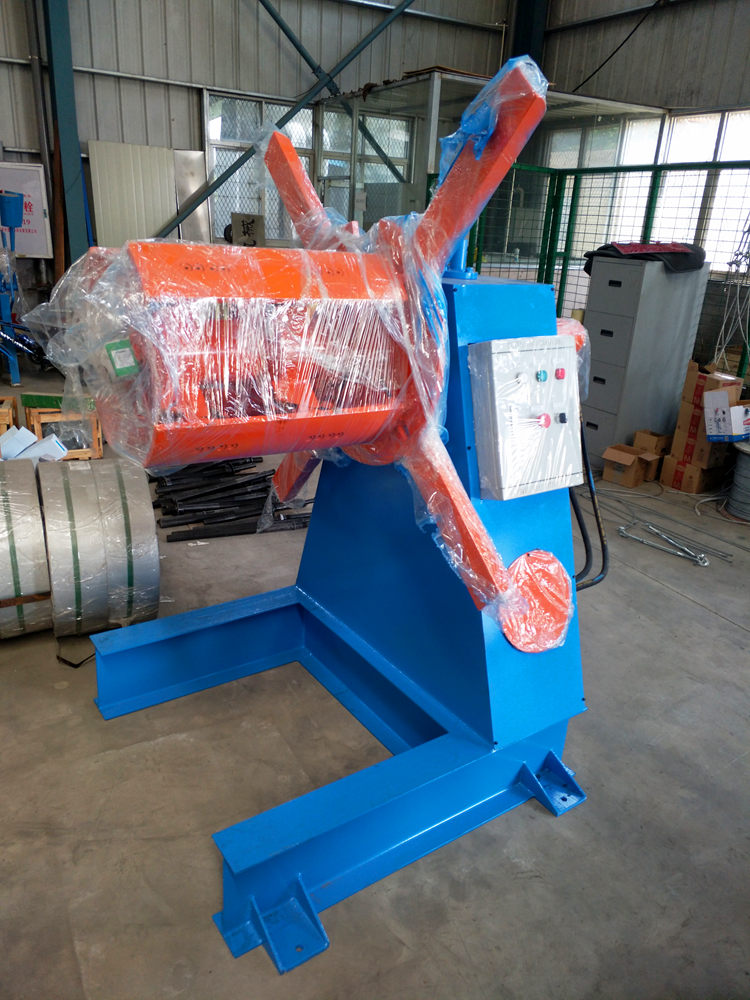
The Simple Slitting Line An Overview
In the world of manufacturing and metal processing, efficiency and precision are of utmost importance. Among the various technologies employed in the metalworking industry, the simple slitting line stands out as a vital tool for cutting wide metal coils into narrower strips. This process not only enhances the manufacturability of the metal but also caters to diverse applications in various sectors, including automotive, construction, and appliance manufacturing.
What is a Simple Slitting Line?
A simple slitting line is a specialized piece of machinery designed for the slitting process, which involves cutting large rolls (or coils) of metal into narrower widths. The setup typically includes a pay-off reel, a slitter head, and a recoiler. Metal strips are progressively cut to specific width requirements, trimmed to exact lengths, and then wound back into new coils for further processing or shipment.
Components of a Slitting Line
1. Pay-off Reel This is where the original metal coil is mounted. The reel unwinds the material as the line operates, ensuring a continuous feed for the slitting process.
2. Slitter Head The heart of the slitting line, the slitter head contains spun blades that cut the material into the desired widths. The blades can vary in size and configuration depending on the thickness and type of metal being processed. Proper blade adjustment is crucial for ensuring clean cuts and maintaining material integrity.
3. Recoiler After the metal has been slit, the narrower strips are collected on a recoiler. This component gathers the newly cut strips into coils, making them easier to handle and transport.

4. Control Systems Modern slitting lines are equipped with advanced control systems that monitor various parameters, including speed, tension, and blade sharpness. Automation enhances the precision of the cuts and reduces human error.
Benefits of Using a Simple Slitting Line
1. Efficiency Slitting lines are designed for rapid processing, capable of slitting large coils in a short amount of time. This efficiency translates to reduced lead times and the ability to meet high product demand.
2. Precision With proper setup and calibration, slitting lines can produce strips that are consistent in width and free from burrs. This high level of precision is essential for applications that require tight tolerances.
3. Versatility A simple slitting line can be configured to handle a variety of materials, including steel, aluminum, and specialized alloys. This versatility allows manufacturers to cater to a broader range of industries.
4. Cost-Effective The ability to produce strips from larger coils can lead to significant cost savings. Manufacturers can purchase material in bulk and convert it into smaller, market-ready products, reducing waste and overhead costs.
Conclusion
The simple slitting line is a fundamental asset in the metalworking industry, providing manufacturers with the capability to convert large coils of metal into usable strips efficiently and precisely. As industries continue to evolve and demand for customized metal products grows, the importance of slitting lines cannot be overstated. By investing in high-quality slitting equipment and maintaining the machinery with care, manufacturers can ensure they remain competitive in a rapidly changing market. Whether used for automotive components, construction materials, or consumer appliances, the simple slitting line plays a crucial role in keeping production lines running smoothly and effectively.